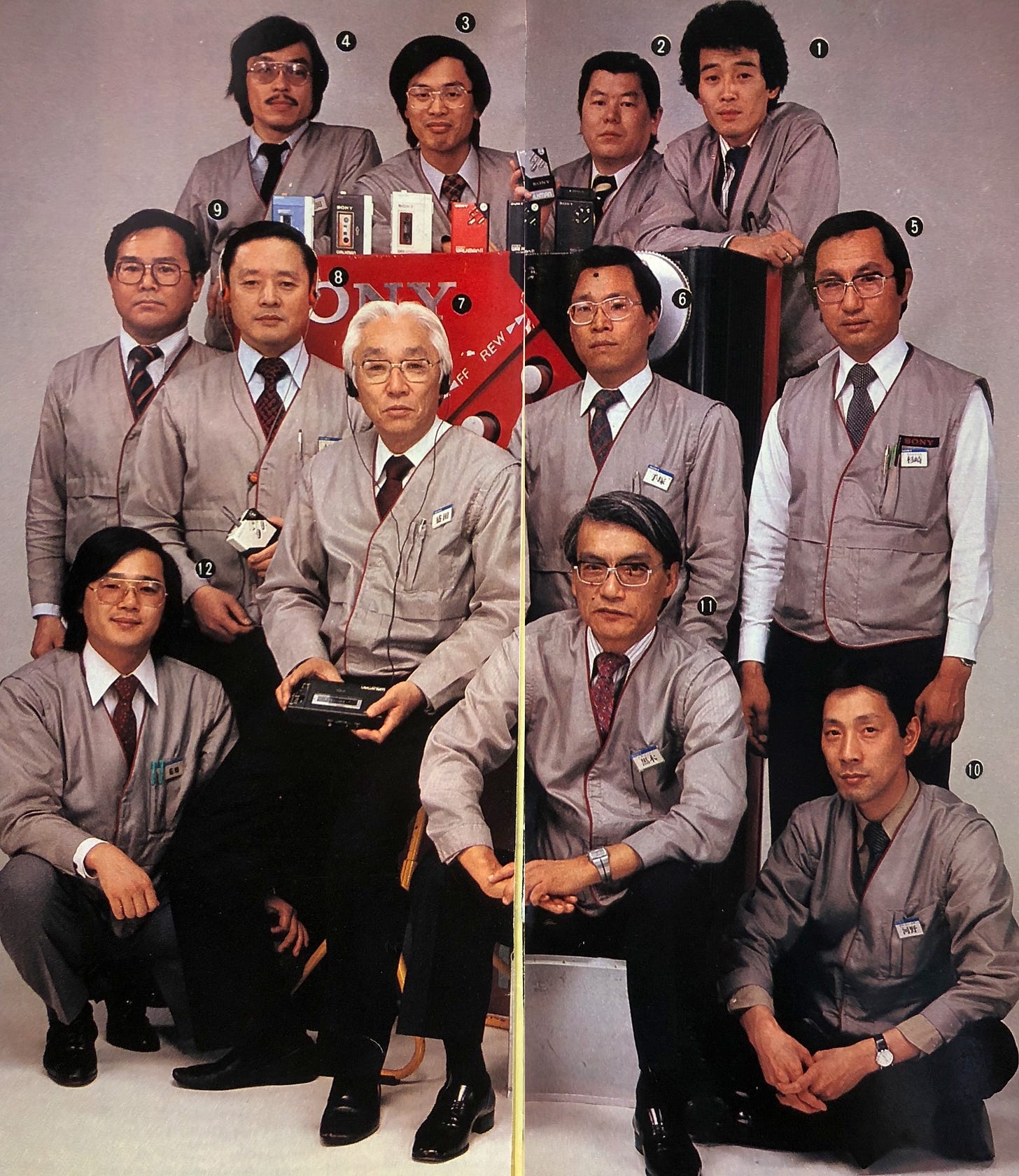The Evolution of Walkmankind
A team of misfit engineers built the gadget. But we consumers built the future with it.
Forty-three years ago this month, in June of 1980, the Walkman arrived in the United States. I’d like to celebrate this moment in history with an epic image taken for the May 1981 issue of the Japanese edition of Playboy magazine. Alas, this feature didn’t make the cover. Instead, the “Nude Blossom Issue” showcased fourteen pages of the actress Keiko Se…




